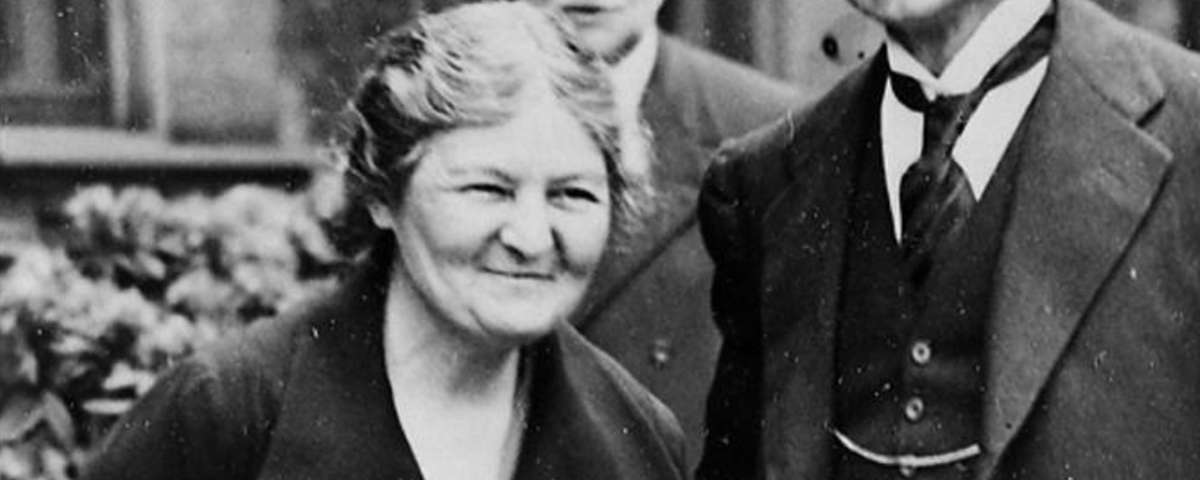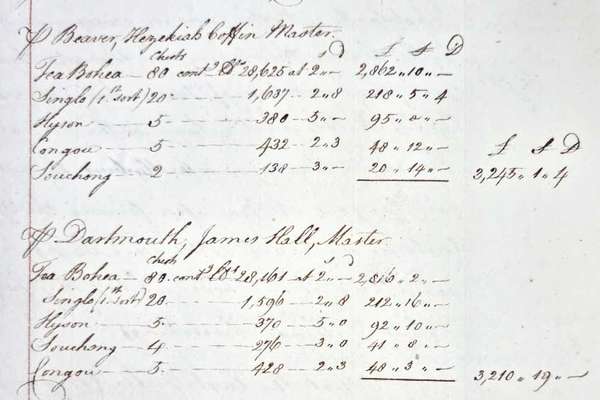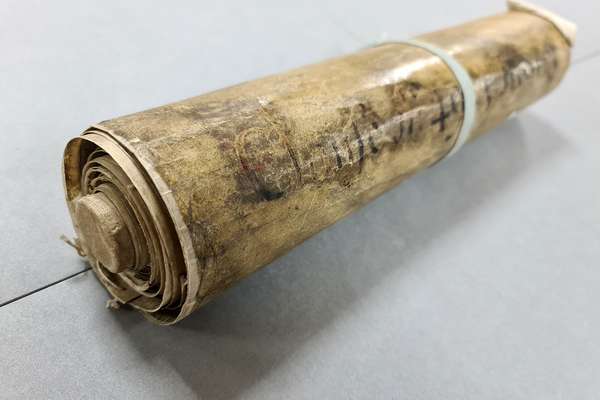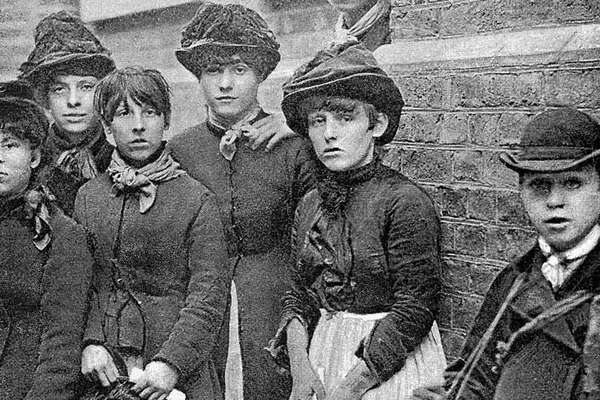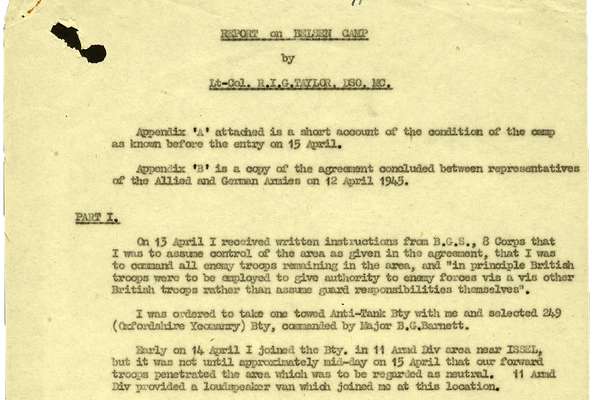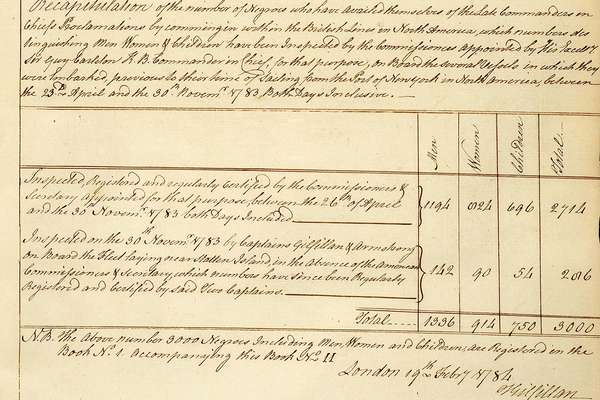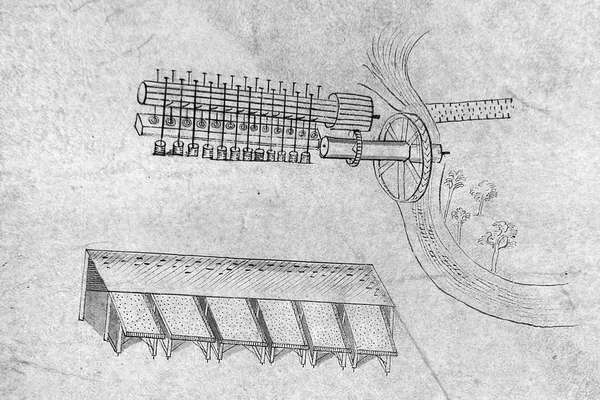Early life and trade unionism
Bondfield was born in Chard, Somerset, in 1873. The tenth of eleven children, she grew up in a working-class family and left home at the age of 14 to take up an apprenticeship with a draper in Hove, Sussex. She subsequently joined her brother Frank in London and continued to work as a shop assistant.
The poor pay, long working hours, and ‘living-in’ requirement of shop work influenced Bondfield’s decision to join the National Amalgamated Union of Shop Assistants, Warehousemen, and Clerks (NUSAWC), becoming a union official and later assistant secretary. In 1908, she retired from her NUSAWC post after ten years of service.
At the same time, Bondfield wrote about her experiences of shop work under the pseudonym ‘Grace Dare’, in an effort to shed light on the poor conditions suffered by shopworkers. She was also an executive member of the Women’s Trade Union League (WTUL), helped to establish the National Federation of Women Workers (NGWW) and was chief women's officer for the National Union of General and Municipal Workers (NUGMW).
Political activism
In addition to her trade unionism, Bondfield was also active in the Labour movement. She was a member of the Independent Labour Party, the Labour Representative Committee (later renamed the Labour Party), and was a founding member of the Women’s Labour League.
In the 1910 and 1913 London County Council elections, Bondfield stood unsuccessfully as a Labour candidate. Nonetheless, in 1918 she became the first woman elected to the Trade Union Congress executive, and became its chair in 1923.
On the 1921 Census, her occupation is listed as ‘Trade Union Secretary and Speaker in the Labour Movement’.
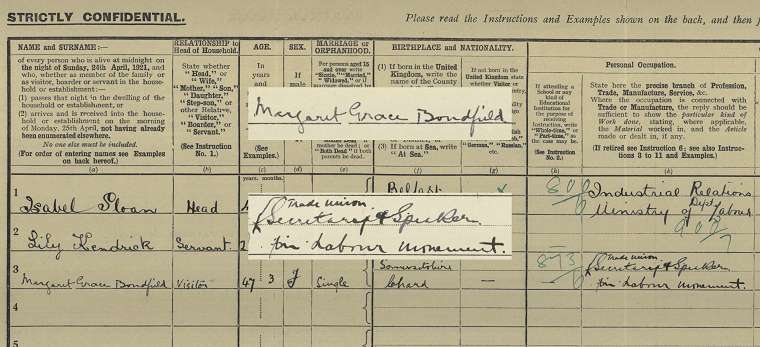
Margaret Bondfield's 1921 census return
Parliament and cabinet appointment
The 1920s marked the beginning of Bondfield’s parliamentary career. In the 1920 and 1922 elections, Bondfield contested Northampton as the Labour candidate, but was not elected. She subsequently went on to win the 1923 election for the same constituency. In doing so, Bondfield became one of three Labour women MPs elected in the 1923 General Election, alongside Susan Lawrence and Dorothy Jewson. This was the first time Labour women were elected to the House of Commons.
Following the Labour Party’s success in the 1923 General Election, Labour formed its first government under the leadership of Ramsay MacDonald with the support of the Liberals. Bondfield was appointed as Parliamentary Secretary to the Ministry of Labour. A letter from our Ministry of Labour records discusses Bondfield’s appointment.
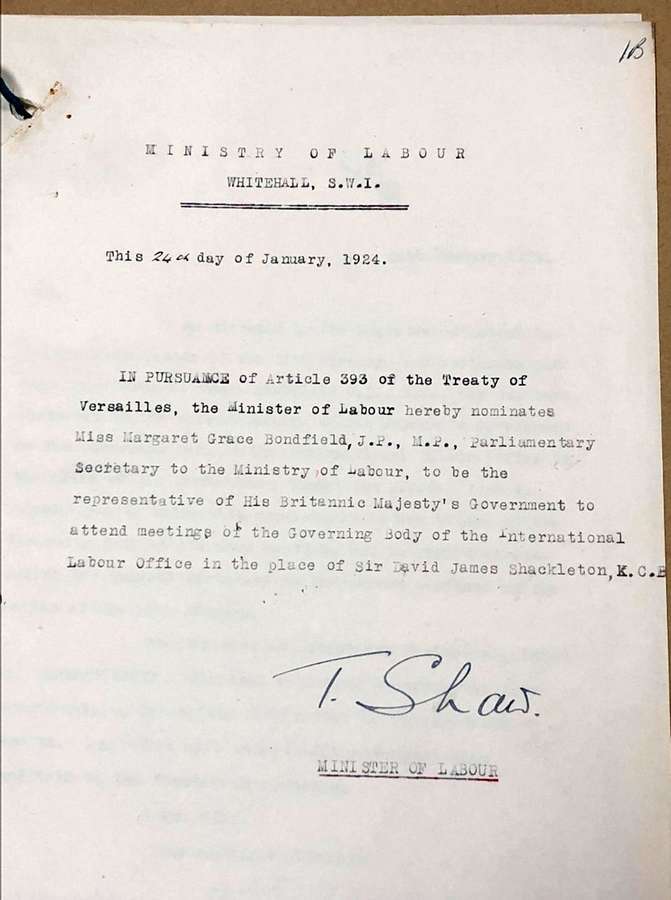
MINISTRY OF LABOUR
WHITEHAL, S.W.I
This 24th day of January, 1924.
IN PERSUANCE of Article 393 of the Treaty of Versailles, the Minster of Labour hereby nominates Miss Margaret Grace Bondfield, J.P., M.P., Parliamentary Secretary to the Minister of Labour, to be the representative of His Britannic Majesty’s Government to attend meetings of the Governing Body of the International Labour Office in the place of Sir David James Shackleton, K.C.B.
T. Shaw
MINISTER OF LABOUR
Letter concerning Margaret Bondfield’s appointment as Parliamentary Secretary to the Ministry of Labour, 24 January 1924. Catalogue reference: LAB 2/1021/IL114/2/1924.
-
- From our collection
- LAB 2/1021/IL114/2/1924
- Title
- International Labour Office correspondence concerning Margaret Bondfield
- Date
- 1924
However, relations between the Labour and Liberal parties soon broke down. After only nine months in office, MacDonald called a general election, and Bondfield lost her seat in the 1924 election.
Cabinet
Bondfield returned to the House of Commons in 1926 when she won a by-election in Wallsend. Significantly, in 1929, she became the first female cabinet minister and served in the second Labour government, again led by MacDonald.
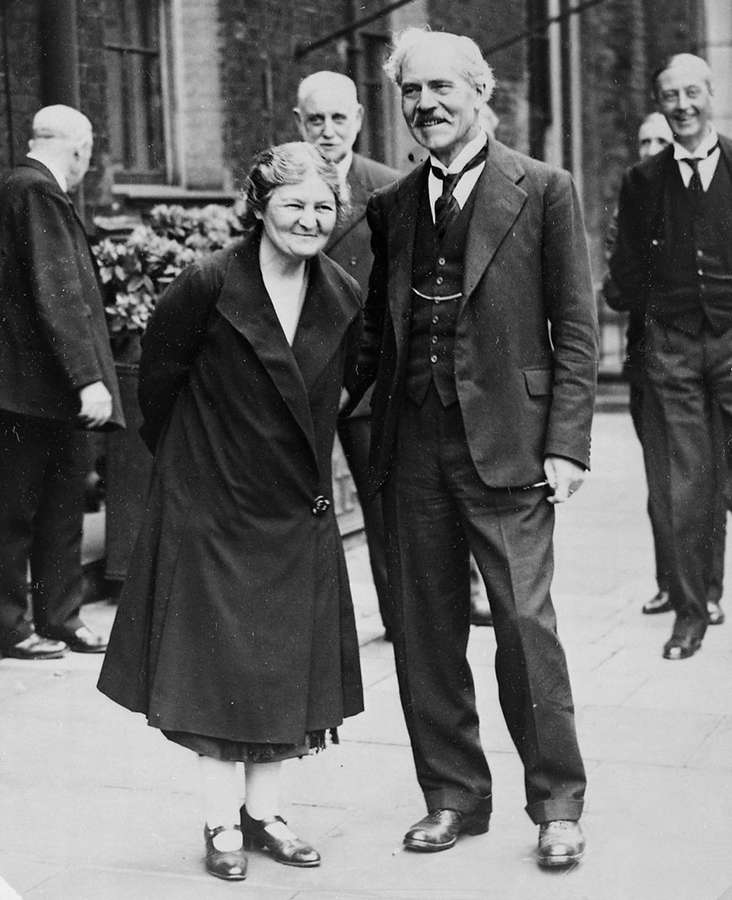
Margaret Bondfield and Labour Prime Minister Ramsay MacDonald. Catalogue reference: PRO 30/69/1668.
Bondfield was appointed as Minister of Labour, a role which was predominately concerned with unemployment. The Cabinet Papers (which have been digitised and can be accessed for free) provide a wealth of information on her work as Minister of Labour. In one of Bondfield’s first memorandums she discusses the urgency of the Unemployment Insurance Scheme.
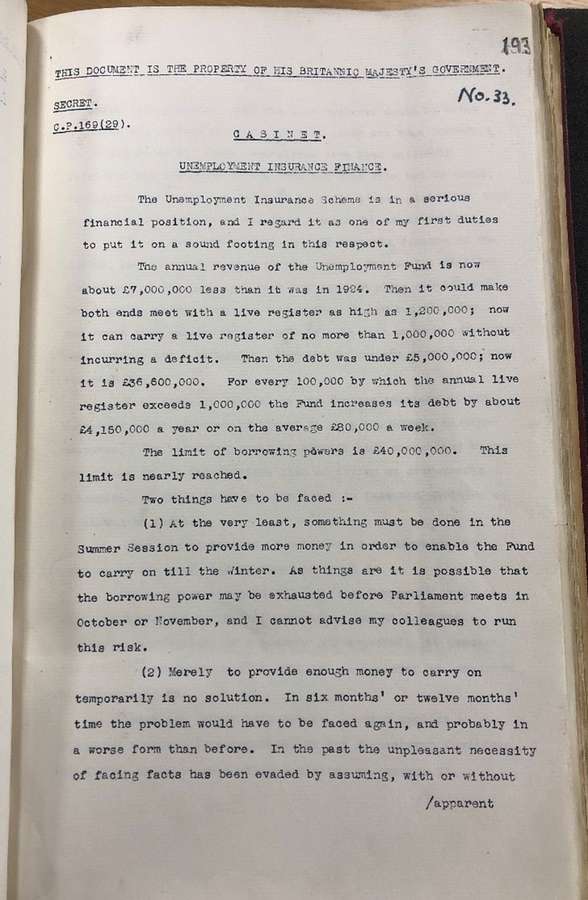
The Unemployment Insurance Scheme is in a serious financial position, and I regard it as one of my first duties to put it on a sound footing in this respect.
The annual revenue of the Unemployment Fund is now about £7,000,000 less than it was in 1924. Then it could make both ends meet with a live register as high as 1,200,000; now it can carry a live register of no more than 1,000,00 without incurring a deficit. Then the debt was under £5,000,000; now it is £36,600,000. For every 100,000 by which the annual live register exceeds 1,000,000 the Fund increases its debt by about £4,150,000 a year or on the average £80,000 a week.
The limit of borrowing powers is £40,000,000. This limit is nearly reached.
Two things have to be faced :-
(1) At the very least, something must be done in the Summer Session to provide more money in order to enable the Fund to carry on till winter. As things are it is possible that the borrowing power may be exhausted before Parliament meets in October or November, and I cannot advise my colleagues to run the risk.
(2) Merely to provide enough money to carry on temporarily is no solution. In six months’ or twelve months’ time the problem would have to be faced again, and probably in a worse form than before. […]
Memorandum on Unemployment Insurance Finance, 1 July 1929. Catalogue reference: CAB 24/204/17.
-
- From our collection
- CAB 24/204/17
- Title
- Memorandum on Unemployment Insurance Finance
- Date
- 1 July 1929
Unemployment was high when Bondfield took office, and the situation was worsened by the Wall Street Crash in 1929. This led to a period of financial uncertainty known as the Great Depression.
In August 1931, the Labour cabinet split on whether to accept budget cuts. To deal with the economic crisis, an all-party National Government was established, led by MacDonald – although it was largely formed of Conservative MPs. MacDonald’s decision outraged many in the Labour Party.
Like the majority of her Labour colleagues, Bondfield chose not to support the National Government, and was defeated in the 1931 General Election. While Bondfield stood again for Wallsend in 1935, she was not elected.
Later life
Bondfield returned to the NUGMW after she lost her seat in 1931 and held the position until she stepped down in 1938. From 1939 to 1949, she was chair of the Women’s Group on Public Welfare. Bondfield continued to campaign for the Labour Party in her later life. She passed away in 1953, aged 80.
Read more
Research Guide: Political history in the 20th century
This brief guide helps you find records of 20th-century political history. The National Archives holds many records for this period, including the correspondence and minutes of major government departments. We also hold the papers of successive Prime Ministers from 1916
20 People of the 20s
As part of 20sPeople – our season connecting the 1920s and the 2020s – staff members at The National Archives have researched a story of someone from the 1920s. From family members and First World War service personnel, to famous performers and politicians
Video Series: Trailblazing Women of the 20s
Lisa Berry-Waite, our 1920s record specialist, tells the story of ten women through ten short videos. Lisa reveals how each individual, through their determination and resolve to defy contemporary expectations of women, influenced lasting change
Blog: Women's Place in Parliament
We take a look at the Parliament (Qualification of Women) Act and how it changed the face of British politics by allowing women to stand for election as MPs
